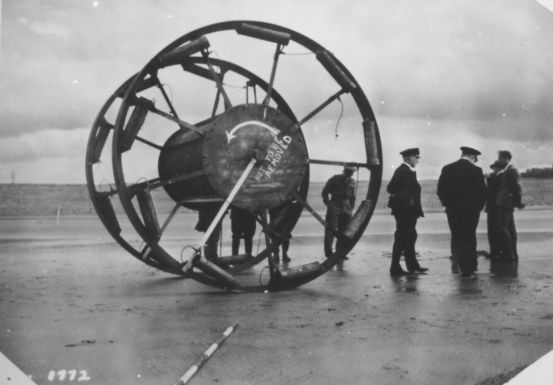In the Second World War, before electronics became cheap and miniature, the psychologist B. F. Skinner did some research on pigeon-guided missiles. The pigeon was to sit in a tiny cockpit, having previously been trained to peck keys in such a way as to keep a designated target in the centre of a screen. In the missile, the target would be for real.
The principle worked, although it was never put into practice by the US authorities. Even factoring in the costs of training them, pigeons are cheaper and lighter than computers of comparable effectiveness. Their feats in Skinner boxes suggest that a pigeon, after a regimen of training with color slides, really could guide a missile to a distinctive landmark at the southern end of Manhattan Island. The pigeon has no idea that it is guiding a missile. It just keeps on pecking at those two tall rectangles on the screen, from time to time a food reward drops out of the dispenser, and this goes on until… oblivion.
Very intresting idea of using a “Biological” computer. It would be intresting too have seen it used and see how effective it could have been.
Ignore the the religion bit at the end, and I think it links in with the 9/11 thing so ignore that aswell.



